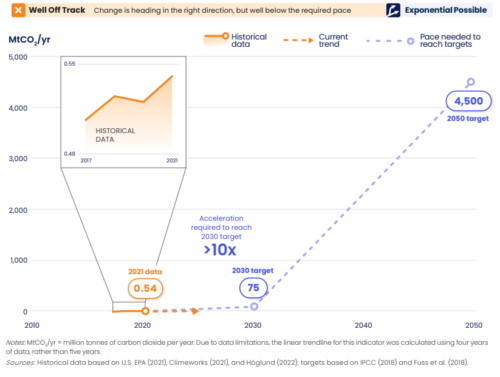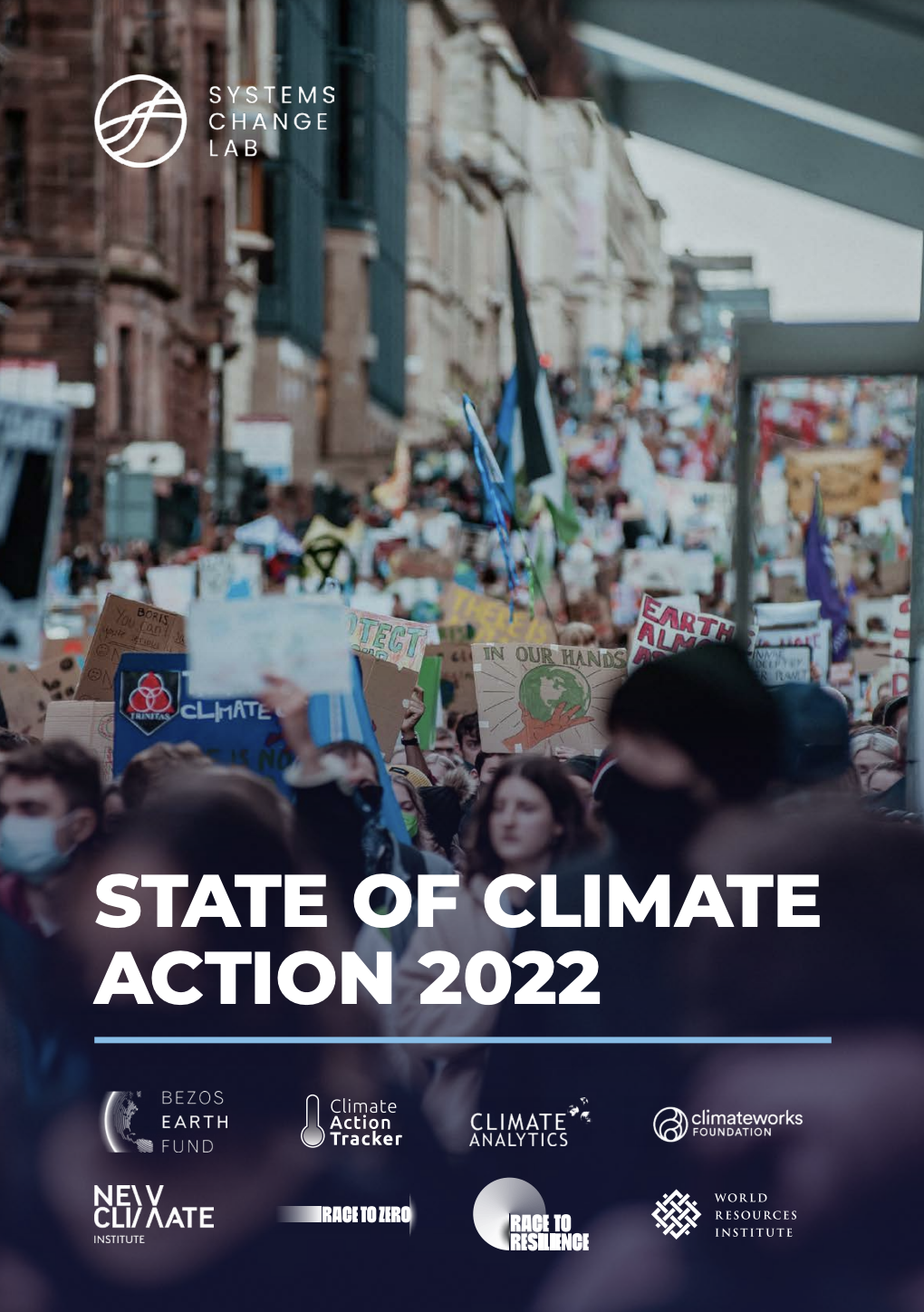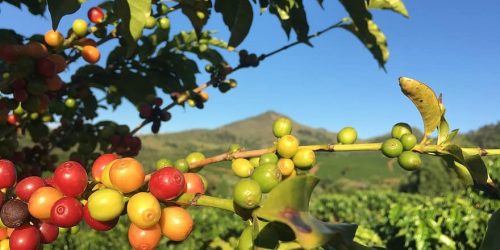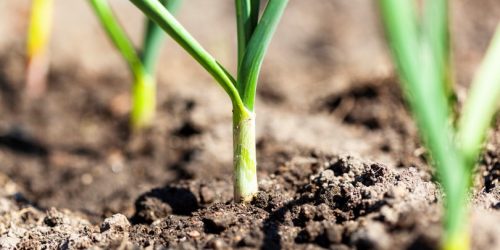Recently, the IPCC released the synthesis report that concludes its sixth assessment cycle. The report is an urgent call to action to reduce greenhouse gas emissions quickly and drastically if humanity wants to avoid irreversible catastrophic climate change. The report again speaks of a rapidly closing window of opportunity: Emissions need to reduce by 21% – 57% by 2030 for a 50% chance to stay below the 1.5 degrees of warming of the Paris Accord.
Agriculture and other land use is both a main contributor to climate change – 22% of global emissions come from land use – and is also one of the sectors that is most severely affected by climate change. Carbon removal is now considered “essential” to limit global temperature rise to 1.5 degrees. We summarise five main findings from the recent report that relate to agriculture.
- Observed Warming and its Causes
Global net anthropogenic greenhouse gas (GHG) emissions increased by 12% between 2010 and 2019, with most emissions coming from CO2 from fossil fuels combustion and industrial processes. In 2019, 79% of global GHG emissions came from energy, industry, transport, and buildings, while 22% came from agriculture, forestry, and other land use (percentage adds up to more than 100% due to rounding). Climate change has negatively impacted food and water security, hindering progress towards Sustainable Development Goals.
- Observed Changes and Impacts
While agricultural productivity has increased over the past 50 years, its growth has decreased globally due to climate change, with negative impacts mostly in mid- and low latitude regions. Ocean warming and acidification have also adversely affected food production from fisheries and shellfish aquaculture in some oceanic regions. Climate change has caused widespread adverse impacts and related losses and damages to nature and people, affecting livelihoods, human health, gender and social equity, and severe water scarcity affects roughly half of the world’s population.
- Current Progress in Adaptation, Gaps and Challenges
Adaptation options, such as cultivar improvements, agroforestry, and sustainable land management, have been effective in reducing climate risks in specific contexts, sectors, and regions. Ecosystem-based adaptation approaches, such as urban greening and wetland restoration, have reduced flood risks and urban heat. Combinations of non-structural measures like early warning systems and structural measures like levees have reduced loss of lives in case of inland flooding. Adaptation options, such as disaster risk management, early warning systems, climate services, and social safety nets, have broad applicability across multiple sectors.
- Mitigation pathways
To reach net zero CO2 or GHG emissions, deep and rapid reductions in gross emissions of CO2 and non-CO2 GHG emissions are needed, and hard-to-abate residual GHG emissions must be counterbalanced by carbon dioxide removal methods. For example, to stay on track with climate goals, technological carbon removal needs to ramp up to around 75 million metric tons annually by 2030, compared to less than 1 million metric tons being captured and removed today.i See figure below for the acceleration required in climate action to reach 2030 and 2050 targets. This means that agricultural sector, which is a significant emitter of GHGs, would need to implement measures to reduce emissions such as reforesting lands, reducing the use of fertilizers, improving livestock management practices, and increasing the use of renewable energy sources. Sustainable agriculture, forestry, and other land use options can provide both adaptation and mitigation benefits, with conservation, improved management, and restoration of forests and other ecosystems offering the largest share of economic mitigation potential.

- Mitigation and Adaptation Options across Systems
This is a combination of sustainable agricultural intensification, shifting to sustainable healthy diets – adopting a way of eating that is not only good for personal health but also good for the health of the planet. This type of diet emphasizes the consumption of foods that are sustainably produced and minimally processed, while limiting or eliminating foods that are harmful to human health or the environment. In addition, reducing food loss/waste can also help reduce emissions and free up land for reforestation and ecosystem restoration. Accelerated climate action can provide co-benefits, including health benefits and improved agricultural productivity, innovation, food security, livelihood, and biodiversity conservation.









